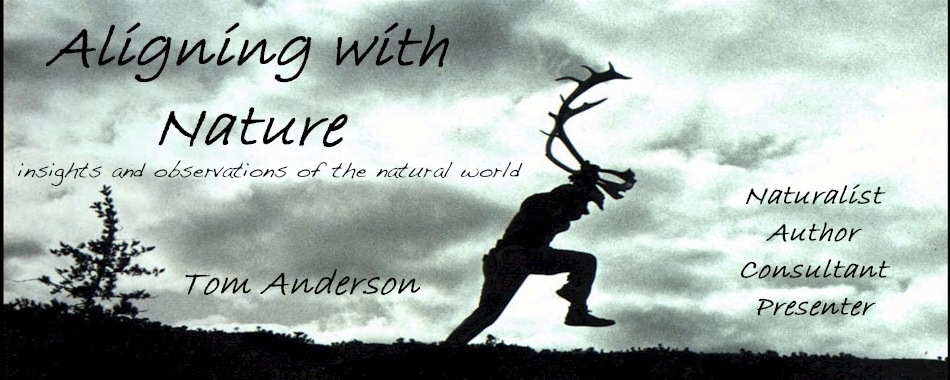In the Company of Cacti

“I bought a cactus. A week later it died. And I got depressed because I thought ‘Damn I am less nurturing than a desert.”
-Comedian, Demetri Martin
Water is the defining aspect of life in the Sonoran Desert. It is the primary limiting factor in determining who lives and who dies. The masters of water management are the cacti.
Being a Minnesota boy, I am not familiar with such aridity. At home, I am usually within eyesight of a lake, pond, river, stream or wetland of some type.
On our third day of backpacking in the desert, Nels and I were running out of water. We found ourselves taking measured sips to fool our bodies into thinking we were just fine. Walking past a tall saguaro cactus, a master of water management, I wondered if there was a way to tap into the thick, spiked stem to draw some of its abundant stored water.
Nels and I assessed our maps and felt confident that we could cover the eight miles to the next reliable water source. The sky was cloudless and the sun was pouring it on.
We dropped into a draw and found a shallow bathtub-sized seep of water blanketed in green algae. The sinuous, tiny flow was short-lived as it disappeared into the ground. Cattle tracks caverned the edge and cow pies littered the area. This looked to be a popular watering hole.
We pushed the scum aside to reveal three inches of clear water above the mucky bottom. We filled our water bottles with careful scoops of this precious fluid. Nels dropped a water purification tablet into each bottle to render bacteria or other ‘ickies” harmless after half an hour of mixing. Our mood brightened.
We trekked beneath scores of saguaro that reached more than 30 feet tall. Most of these would weigh 3-5 tons. Some can grow to 80 feet tall and live 200 years.

These towering desert residents grow very slowly in their first eight years of life; usually less than two inches. Their survival depends on their germinating under a tree or shrub that shades them from temperature and moisture extremes.
In most plants the leaf is the food factory where photosynthesis takes place. The trouble with leaves in the desert is that their surface area allows too much evaporation. Saguaro conserve water in several ways: grow no leaves, photosynthesize through their stem that is covered with a thick and waxy skin, protect their stores of water by a covering of sharp spines to keep critters away, grow thick stems that are grooved to direct moisture from brief rainfalls down to the base and the shallow, widespread roots.

On our last day, we broke camp before the sun climbed over the ridge. We picked our way down the creek bed through a jumble of rocks.
By late morning, the descent took us through the last expanse of saguaro with their frozen waves of upraised arms.
In the distance we could see the endpoint of our trek; the impossible blue waters of Roosevelt Lake, the world’s largest artificial lake created in 1906.
The dam that birthed the reservoir was constructed after area ranchers and farmers sought a water storage system that would sustain them during dry years. It also generates 36 megawatts of electricity per year; enough to power approximately 36,000 households.
Human settlement of Central Arizona, with its large-scale irrigation and agricultural development, would not have been possible without Roosevelt Lake.
But as human population growth continues to climb in the Arizona deserts, combined with the reality of climate change, there is a greater pressure on water usage of the Colorado River and fossil water drawn from aquifers. (According to a 2023 Arizona Water Department more groundwater has been allocated in the next hundred years than is present in the aquifers.)
Hiking down towards the distant lake, I glanced back and nodded a thanks to the saguaro and desert. With the incredible human growth rate and pressures on water usage in this region, I wondered if these slopes of cacti were lifting their arms in surrender.
The saguaro, with its ancient blueprint to thrive under arid conditions, would make a good model for water conservation. They have figured out the water thing all on their own.






























